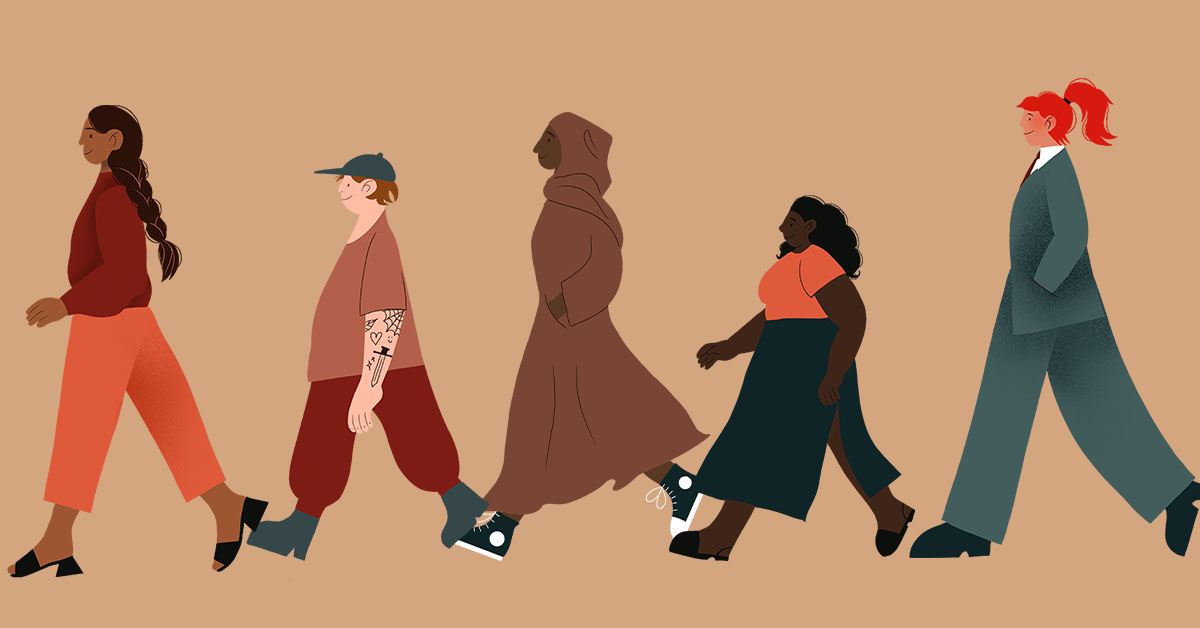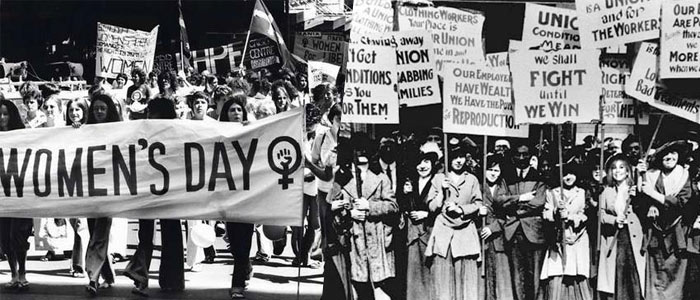Hi, I'm Sophie. I'm a Postgraduate Student studying a Research degree in Media and Cultural Studies. I'm also a photographer and big lover of dogs!

The History of International Women’s Day
International Women’s Day is celebrated annually on 8 March, a day when people around the world come together to recognise…
March 8, 2022,
read.
International Women’s Day is celebrated annually on 8 March, a day when people around the world come together to recognise the achievements that women and girls have made, as well as call for further action to reduce the inequalities that exist between women and men, and boys and girls.
The first example of a day dedicated to Women’s achievements was in 1909 across America, with a National Women’s Day, which followed a march against women’s oppression and inequality held in New York in 1908.

It wasn’t until the next year at an International Conference of Working Women that the idea to make an International Women’s Day was raised by a woman named Clara Zetkin. She proposed that every year in every country there should be a celebration on the same day, a Women’s Day, to press for their demands.
Proving a popular idea, International Women’s Day was first celebrated the following year in 1911, with rallies held in Austria, Denmark, Germany and Switzerland. At this point, the celebrated day was on the 19th March, and more than one million women and men attended IWD rallies campaigning for women’s rights to work, vote, be trained, hold public office and end discrimination.
Fast forward a few years and Russian Women unknowingly set the trend of the IWD date as we know it in 1917. Although International Women’s Day became an official holiday in Russia in 1913, women still experienced difficulties caused by WWI. While men were off at war, women dealt with food shortages, and their troubles were not being listened to.
On March 8, 1917 (February 23 in the former Russian calendar), tens of thousands of Russian women took to the streets demanding change in a movement known as “Bread and Peace.” The unified cry for help paved the way for Russian women to be granted voting rights soon after, and 8th March became known as the date of International Women’s Day in recognition of the troubles faced.
Despite being celebrated since 1911, IWD was not recognised by the United Nations until 1975, and, in 1996, began to adopt an annual theme for every year. The first theme was “Celebrating the Past, Planning for the Future.” This year’s theme is “Gender equality today for a sustainable tomorrow.”

Annual celebrations are now held in many countries around the world, with the colour purple used as a symbolism for supporting women. IWD is a day when people come together to celebrate the achievements that women and girls have made, as well as call for further action to close gender gaps – in pay, work, education and other life opportunities.
Why not join in this year, and celebrate all the ways women and girls are taking climate action at all levels, and help elevate their voices and support their work?
- Topics
- Arts & Culture
- Holidays



